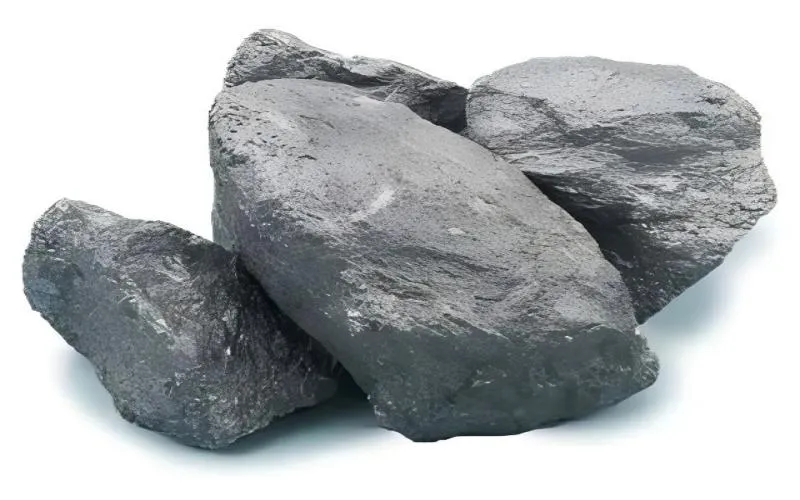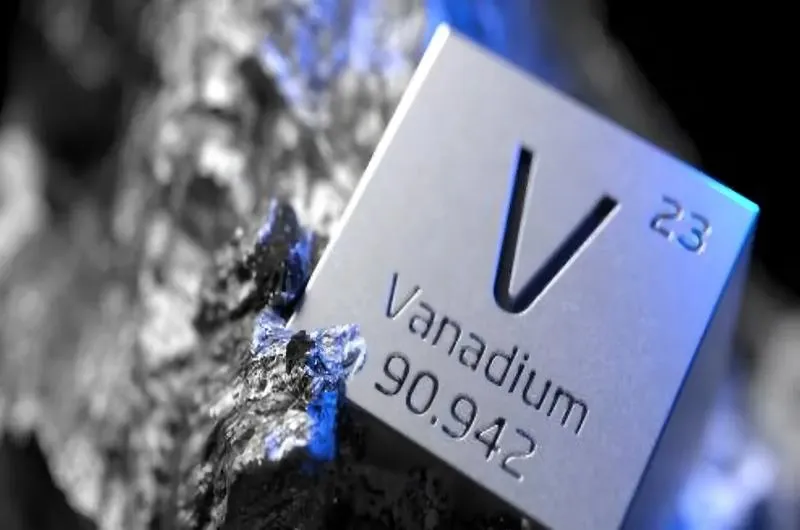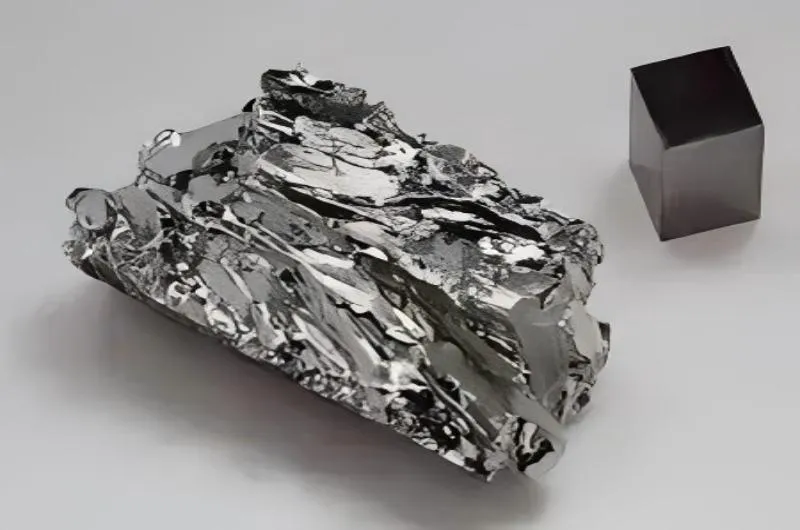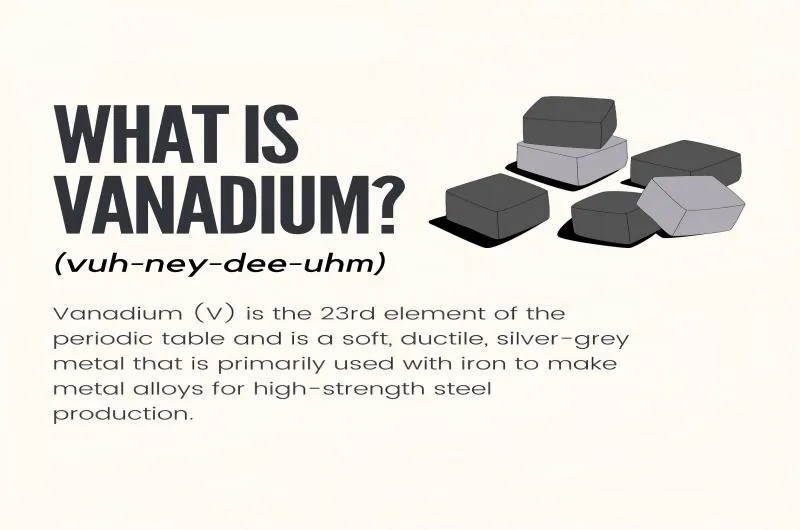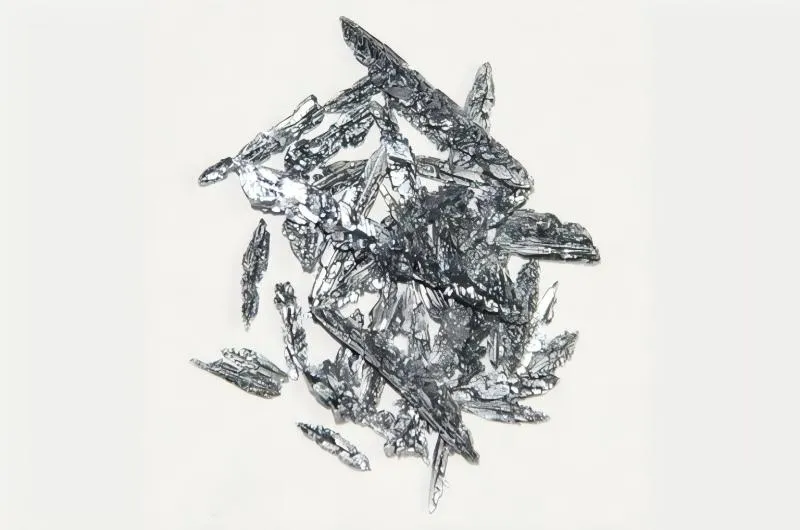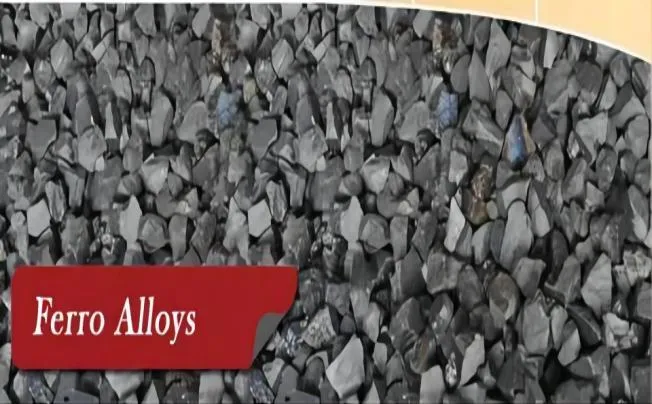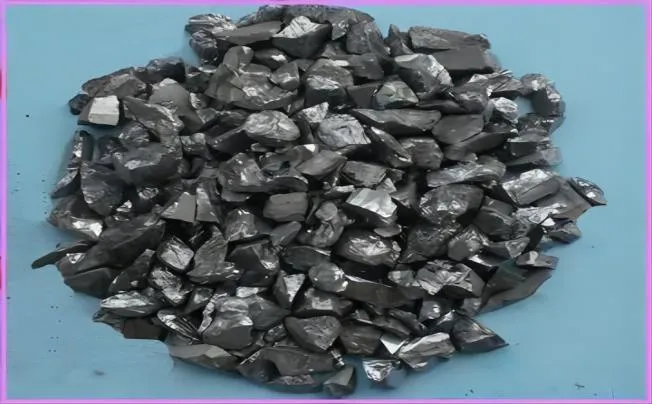BY  GENN
GENN
2024/09
Blog
Where Does China Get Its Silicon?
Silicon, a versatile and abundant element in the Earth’s crust, plays a crucial role in modern technology due to its unique properties.
Domestic Production: Sourcing Silicon within China
China boasts a robust silicon industry that plays a pivotal role in supplying the nation’s growing demand for this essential material. The country’s domestic production of silicon is primarily concentrated in key regions such as Inner Mongolia and Yunnan.
Inner Mongolia, known for its abundant mineral resources, stands out as one of the major hubs for silicon production in China. The region’s favorable geological conditions and infrastructure have facilitated the establishment of numerous silicon extraction facilities, contributing significantly to China’s overall output.
Similarly, Yunnan province has emerged as another prominent player in silicon production, leveraging its rich mineral deposits and strategic location to meet domestic requirements. The process of extracting silicon from silica involves several intricate steps that require precision and technological expertise.
Silica, obtained from quartz or sand, serves as the primary source material for silicon production. Through a series of chemical reactions and purification processes, silica is transformed into metallurgical-grade silicon which can further be refined into high-purity forms suitable for various industries.
This extraction process typically involves reducing silica with carbon in an electric arc furnace to produce elemental silicon. Subsequent refining stages ensure the removal of impurities to meet stringent quality standards demanded by end-users across diverse sectors.
Imports: Balancing Domestic Supply with Global Demand
Despite its significant domestic production capacity, China relies on imported silicon to supplement its burgeoning industrial needs. Countries like Russia, Malaysia, and South Korea serve as key exporters of silicon to China, playing a crucial role in meeting the nation’s import requirements. The decision to import silicon is influenced by a multitude of factors ranging from cost considerations and supply chain dynamics to quality standards and market fluctuations.
While China strives for self-sufficiency in various sectors including technology manufacturing, the global nature of the semiconductor industry necessitates strategic imports to maintain competitiveness and address surges in demand. The reliance on imported silicon underscores the interconnected nature of global trade networks and highlights China’s position as both a major producer and consumer in the international marketplace.
By fostering trade relationships with leading exporting countries, China ensures a diversified supply chain that mitigates risks associated with sole dependence on domestic sources. Moreover, importing silicon enables Chinese industries to access specialized products or technologies that may not be readily available within the country’s borders.
Silicon Recycling in China
Overview of the Importance and Benefits of Silicon Recycling
Silicon, a fundamental element in countless technological applications, plays a pivotal role in modern society. Recognizing both the economic and environmental significance of silicon, China has embraced the concept of sustainability by actively promoting silicon recycling initiatives. The importance of silicon recycling lies not only in conserving valuable resources but also in reducing waste, minimizing environmental impact, and bolstering the circular economy.
One crucial benefit of silicon recycling is its potential to alleviate resource scarcity concerns. As a non-renewable resource, silicon extraction from raw materials can be energy-intensive and environmentally damaging.
By establishing efficient recycling processes, China can reduce its dependence on primary sources of silicon while simultaneously extending the lifespan of this precious material. Moreover, silicon recycling offers substantial environmental benefits.
An efficient recycling system minimizes energy consumption and greenhouse gas emissions associated with extracting new silicon from raw materials. Additionally, it helps mitigate the pollution caused by conventional methods of disposing of used electronic devices rich in silicon content—such as cell phones or solar panels—through landfill or incineration.
Initiatives and Technologies for Recycling Silicon in China
China has undertaken a range of initiatives to promote sustainable practices within its silicon industry. The government has implemented policies that incentivize companies to adopt environmentally friendly manufacturing processes while encouraging research and development focused on innovative recycling technologies. One notable initiative is the establishment of dedicated research centers focused on exploring advancements in silicon recycling techniques.
These centers collaborate with universities, private enterprises, and government agencies to develop cutting-edge technologies that maximize resource recovery from discarded electronic devices. Technologically advanced methods such as hydrometallurgical processes have gained prominence within Chinese Silicon Valley or “Zhongguancun,” where researchers are dedicated to transforming waste into reusable raw materials with minimal environmental impact.
These methods involve chemical processes that separate impurities from discarded electronics containing significant amounts of silicone for subsequent repurposing. Furthermore, collaborations between government bodies and industry leaders have fostered pilot projects aimed at implementing large-scale recycling facilities across various regions within China.
These facilities employ sophisticated sorting systems to extract valuable components like high-purity silicon from e-waste streams efficiently. Recognizing the significance of sustainable practices for both economic prosperity and environmental stewardship, China has embraced various initiatives aimed at promoting the recycling of valuable resources like silicone.
By doing so, China aims to reduce its reliance on primary sources while minimizing waste generation and mitigating environmental damage associated with traditional extraction methods. Through collaborative efforts involving research institutions and industrial partners developing innovative technologies for extracting silicon from discarded electronics efficiently, China is revolutionizing resource management practices within its thriving Silicon Valley.
Environmental Impact and Sustainability
Unveiling the Environmental Concerns of Silicon Production
Silicon production is known to have significant environmental implications due to the energy-intensive processes involved. The primary environmental concern associated with silicon production is the emission of greenhouse gases, particularly carbon dioxide (CO2), during the smelting of silica to obtain silicon.
This process not only contributes to climate change but also leads to air pollution, impacting both human health and ecosystems. Additionally, the mining of raw materials required for silicon production can result in habitat destruction and soil erosion, further exacerbating environmental degradation.
Furthermore, the byproducts generated from silicon production, such as silica fume and silicate slags, can pose challenges for waste management. Improper disposal of these byproducts can contaminate soil and water sources, leading to long-term environmental repercussions.
Additionally, the use of certain chemicals in the purification process of silicon can have adverse effects on local water bodies and aquatic life. Addressing these environmental concerns is crucial for promoting sustainable practices within the silicon industry and mitigating its ecological footprint.
Pioneering Sustainable Practices in the Chinese Silicon Industry
In response to growing environmental awareness and regulatory pressures, the Chinese silicon industry has been actively exploring sustainable practices to reduce its ecological impact. One prominent approach adopted by manufacturers is improving energy efficiency in silicon production processes through technological advancements and innovative techniques. By optimizing energy consumption and implementing cleaner production methods, companies strive to minimize their carbon footprint while enhancing operational efficiency.
Moreover, there is a concerted effort within the Chinese silicon industry to promote recycling initiatives as part of a circular economy model. Recycling silicon scraps and reclaiming valuable materials not only reduces waste generation but also conserves natural resources.
Development programs focusing on resource recovery from discarded electronics containing silicon components are gaining traction as a means to create a more sustainable supply chain for this essential material. By embracing sustainability as a core principle, China’s silicon industry aims to balance economic growth with environmental stewardship for a more resilient future.




